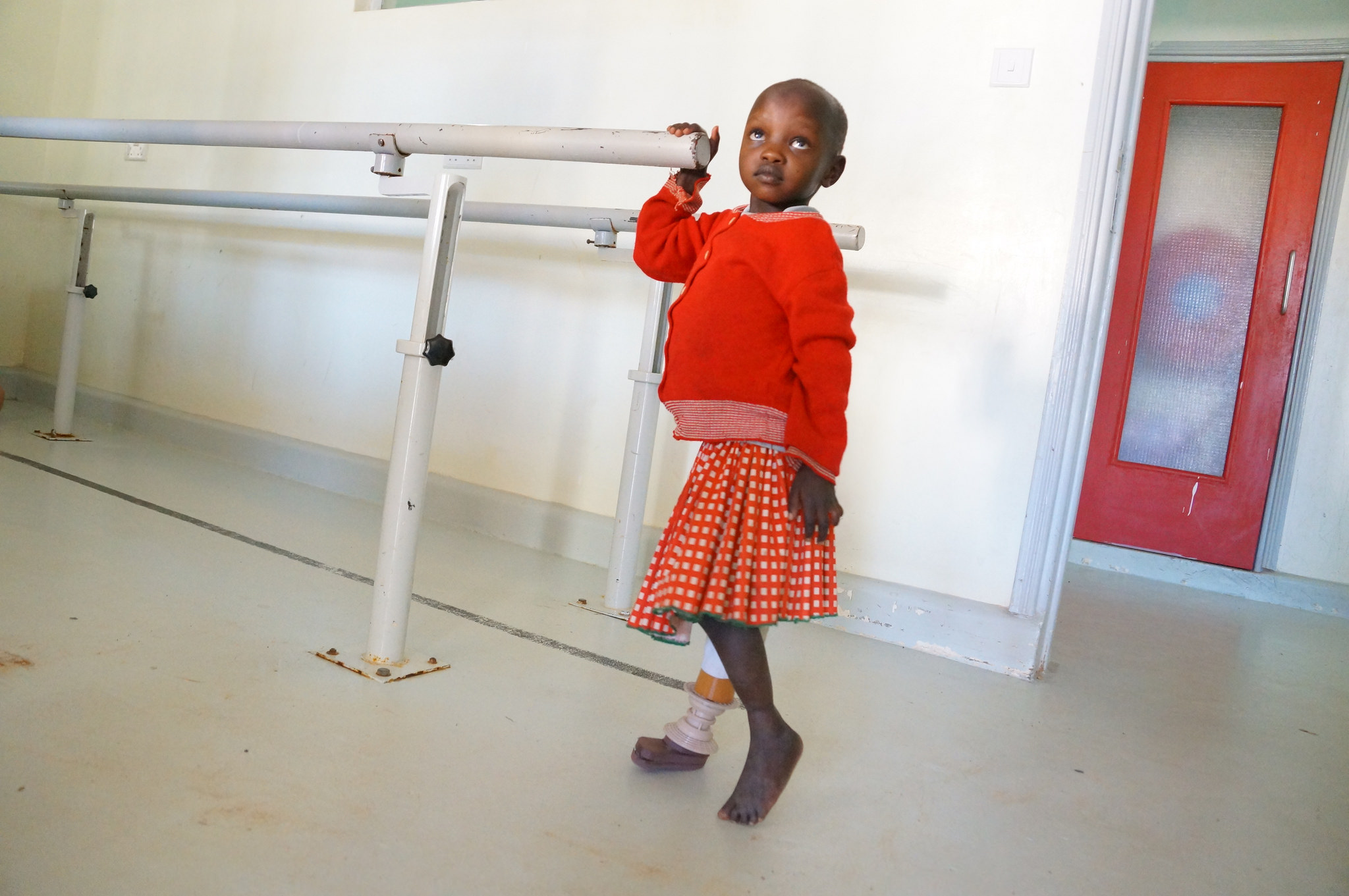Imagine for a moment that you live in a country with too many people and too little infrastructure. A large city might have better medical care, but you don’t live in a large city. You don’t even live in a reasonably sized town. In the rural countryside, if there is a medical emergency, no help comes.
Then it happens. Maybe there’s an accident. Maybe there’s a scratch that gets infected. For whatever reason, you lose a limb—and are forced to live the rest of your life with that impairment.
This is an all-too-familiar story for people in many parts of the world. Even if medical care is available, many people lack the financial resources to afford prosthetic limbs. But 3D printing has the potential to change that.
The Demand for Prosthetics
The small town of Ayikudi in India is home to a rehab clinic called Amar Seva Sangam. This clinic is forced to turn away anywhere from 16 to 20 amputees each month because they’re unable to obtain enough limbs to meet the demand. The physical toil and cost of travel for these amputees is enormous, and many are forced to return home empty handed.
A company called Taurus 3D decided to change this. The founder, Jerry Ennett, raised money through education workshops and grants, and then carried two 3D printers with him to India. He held a five-day intensive workshop for the doctors and trained them on the operation and maintenance of the printers.
The idea is that doctors can treat patients, take their measurements, and send photos to Taurus 3D. All of this information will be used to design a file that can be emailed back to the doctors so a prosthetic can be printed at a fraction of the cost of a traditional limb.
According to the World Health Organization, there is a shortage of 40,000 trained prosthetists throughout the world. In areas like Africa, where landmine injuries are all too common, that means a lot of people in desperate need of help.
An organization called Enabling the Future has sprung up to address this need. With more than 7,000 members and 2,000 printers across the globe, this organization makes it possible for people to get 3D printed limbs and even replace them as they grow. A traditional prosthetic hand would cost thousands of dollars, but a 3D printed version is roughly $50.
Many of these prosthetic designs are open source, which means anyone with access to the internet and a 3D printer can create one with little effort. By opening the field of prosthetics to the world at large, 3D printers have enabled everyday people to find ways to solve crippling medical supply problems.
The Benefits of 3D Printed Prosthetics
You might think that something so inexpensive must have flaws—surely, after becoming inundated to the cost of healthcare, anything that seems too good to be true must be.
It isn’t. 3D printers can print prosthetics out of various kinds of plastic, but metal designs can also be produced. Prosthetics can now be customized to fit an individual person’s needs. Athletes can have more durable, rugged limbs printed to withstand the conditions they might encounter. Artists can have more versatile, lightweight limbs created that don’t hinder the use of a paintbrush.
And this can be done in a single day. Traditional prosthetics take weeks to design and mold to fit a single person. And the cost is dramatically, unbelievably lower than anyone would ever expect.
Myoeletric limbs translate the signals sent by nerve endings in the remaining limb into movement. This means that a person with a prosthetic hand can move the fingers of their prosthetic as they would with their own hand. The downside is that myoelectric limbs are hugely expensive.
A man born without his left hand used a myoelectric limb that cost $42,000 when a 3D printing company approached him with an experiment. They produced a myoelectric limb for just $50 using one of their machines, and it outperformed the traditional prosthetic in every aspect.
3D printed limbs are better in almost every respect than traditional limbs, and may finally provide relief to people who have struggled for so long without access to proper care.
The Future of Crowdsourced Medicine
Doctors won’t be out of work anytime soon, but crowdsourced medicine has multiple uses. Many people have used crowdsourcing to handle exorbitant healthcare costs, while others use it for difficult or elusive diagnoses. Organizations like CrowdMed provide patients with access to a wide range of medical expertise from varying fields of medicine under the belief that no one doctor can have all the answers. Many people have found themselves with a diagnosis after years of unproductive doctor visits thanks to this program
Programs like MyFitnessPal gamify fitness and make it so you can compete with friends to stay in shape. At every turn, our health is becoming tied to technology, but that isn’t necessarily a bad thing. Even as millions of Americans struggle with healthcare costs, technological advancements may provide the answers we’ve all been searching for—and with time, may provide a way to make healthcare affordable once again.
Photo: universitytoronto/Creative Commons

